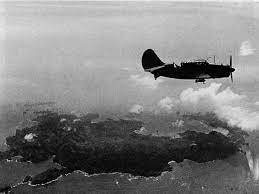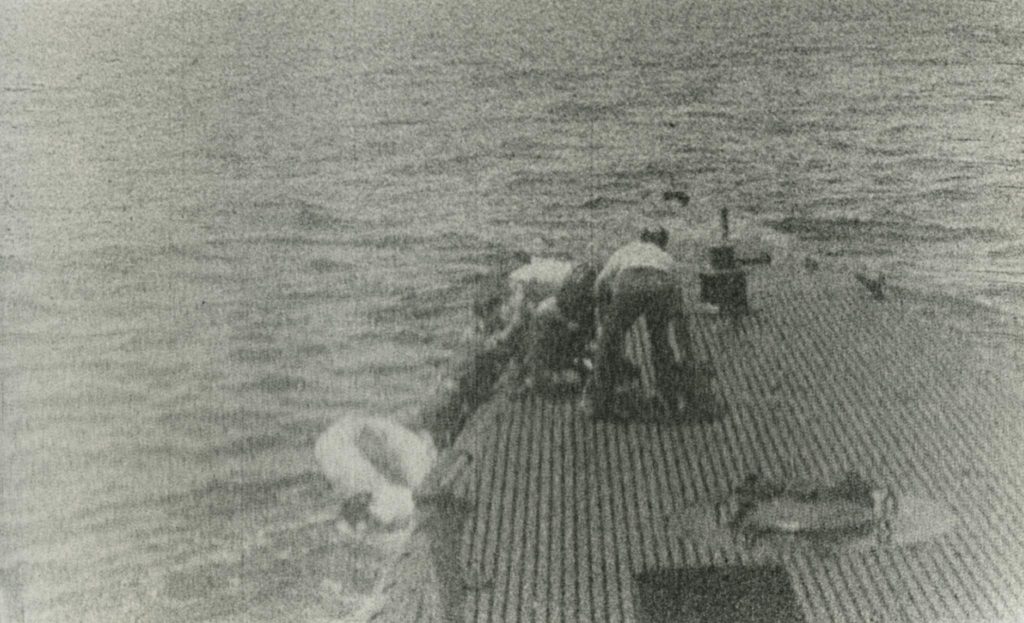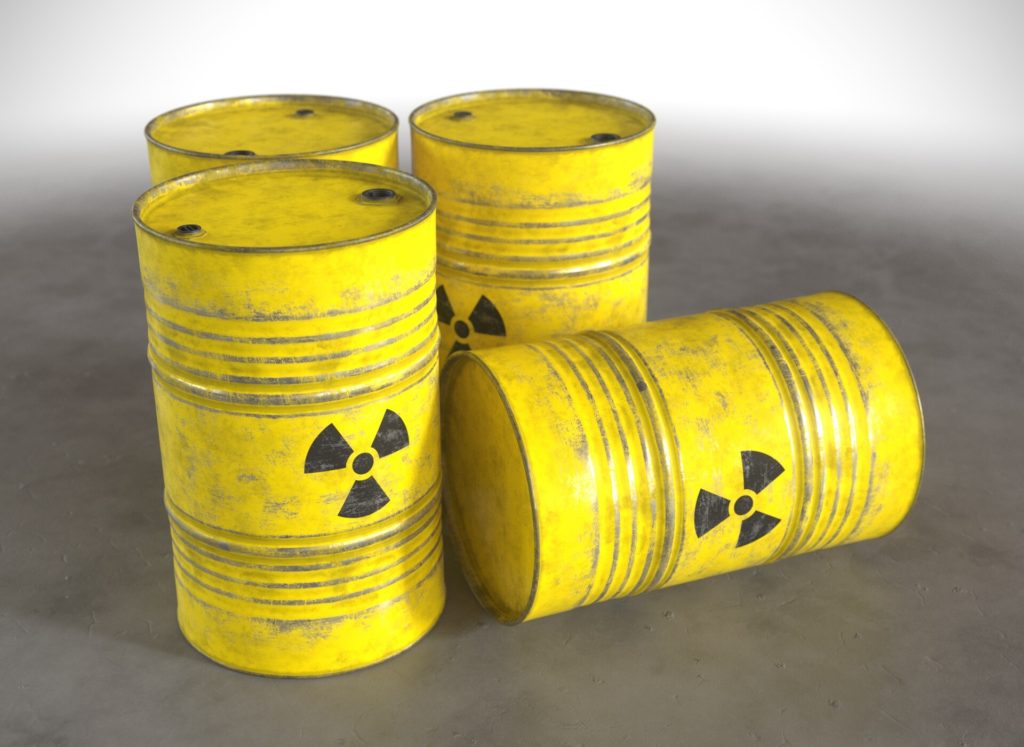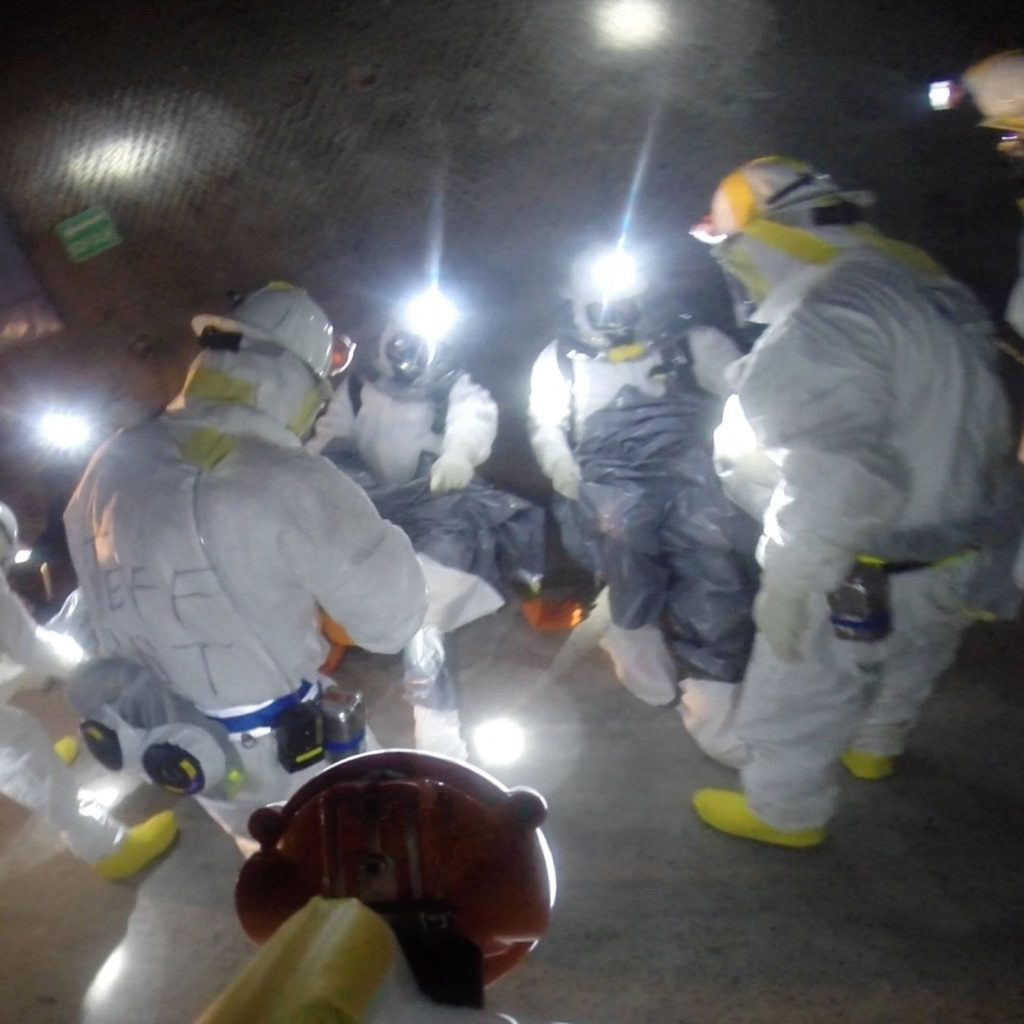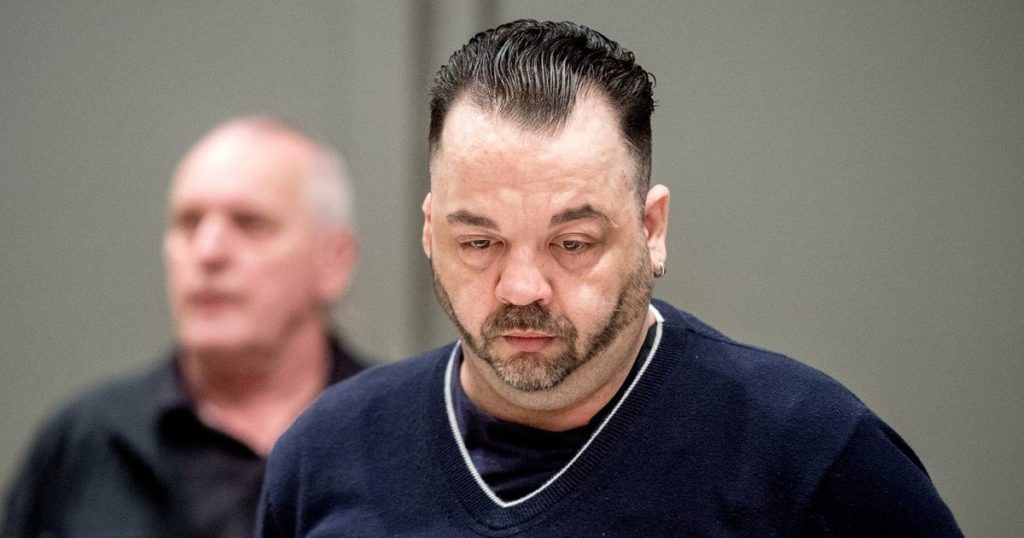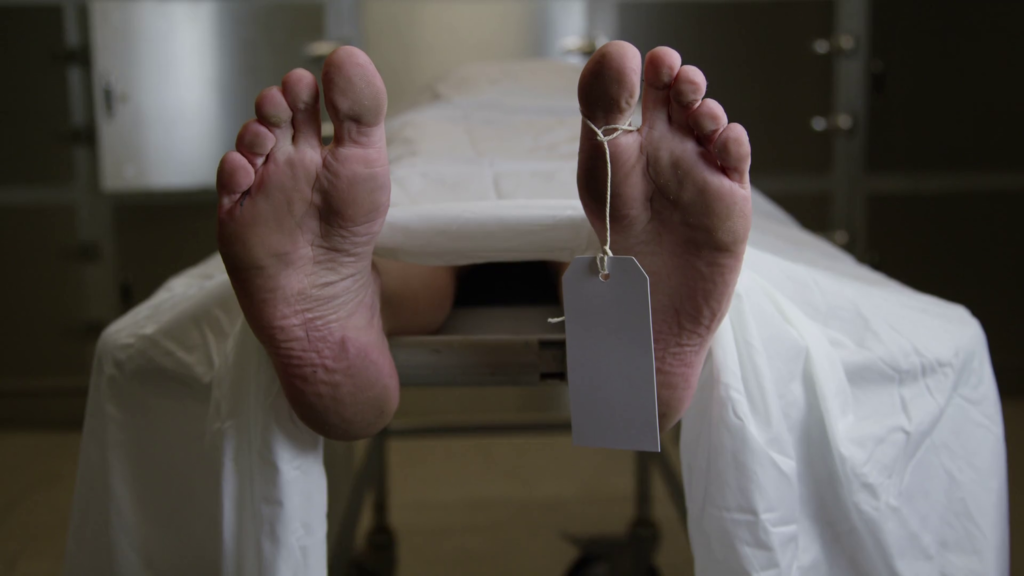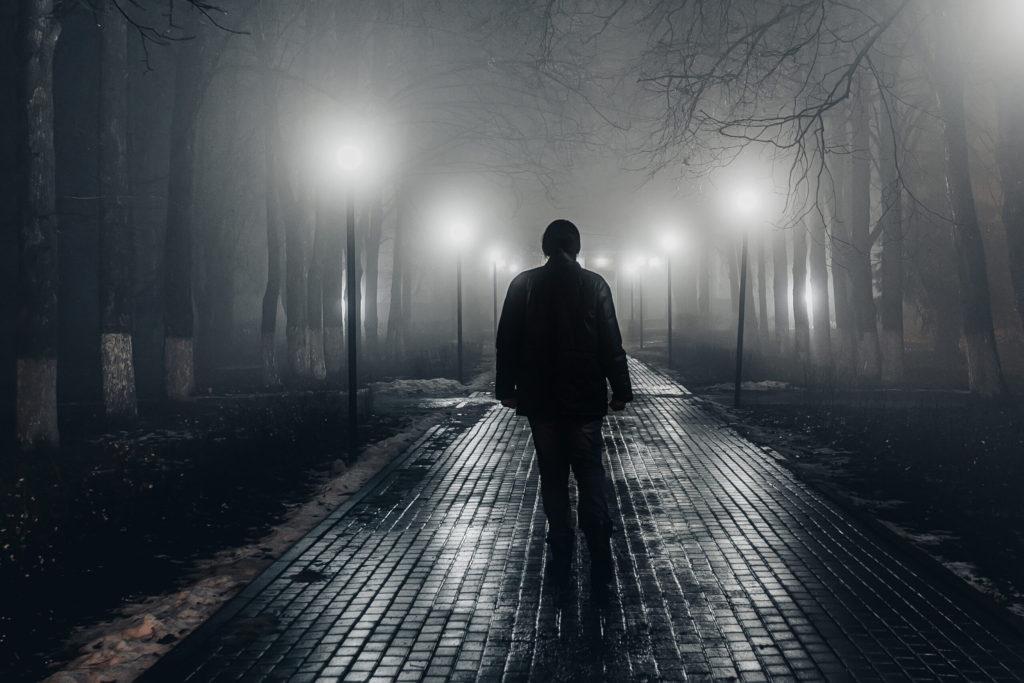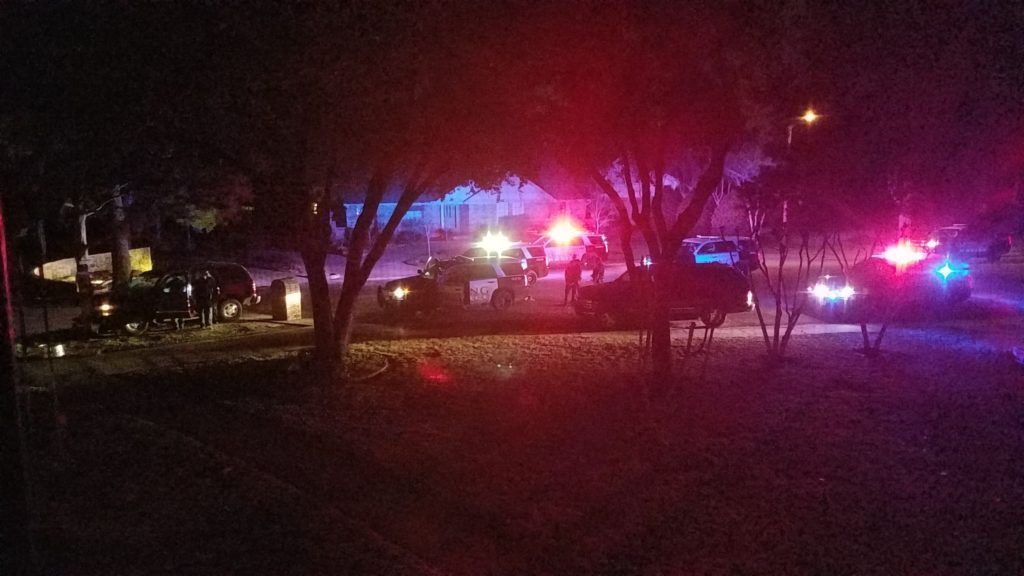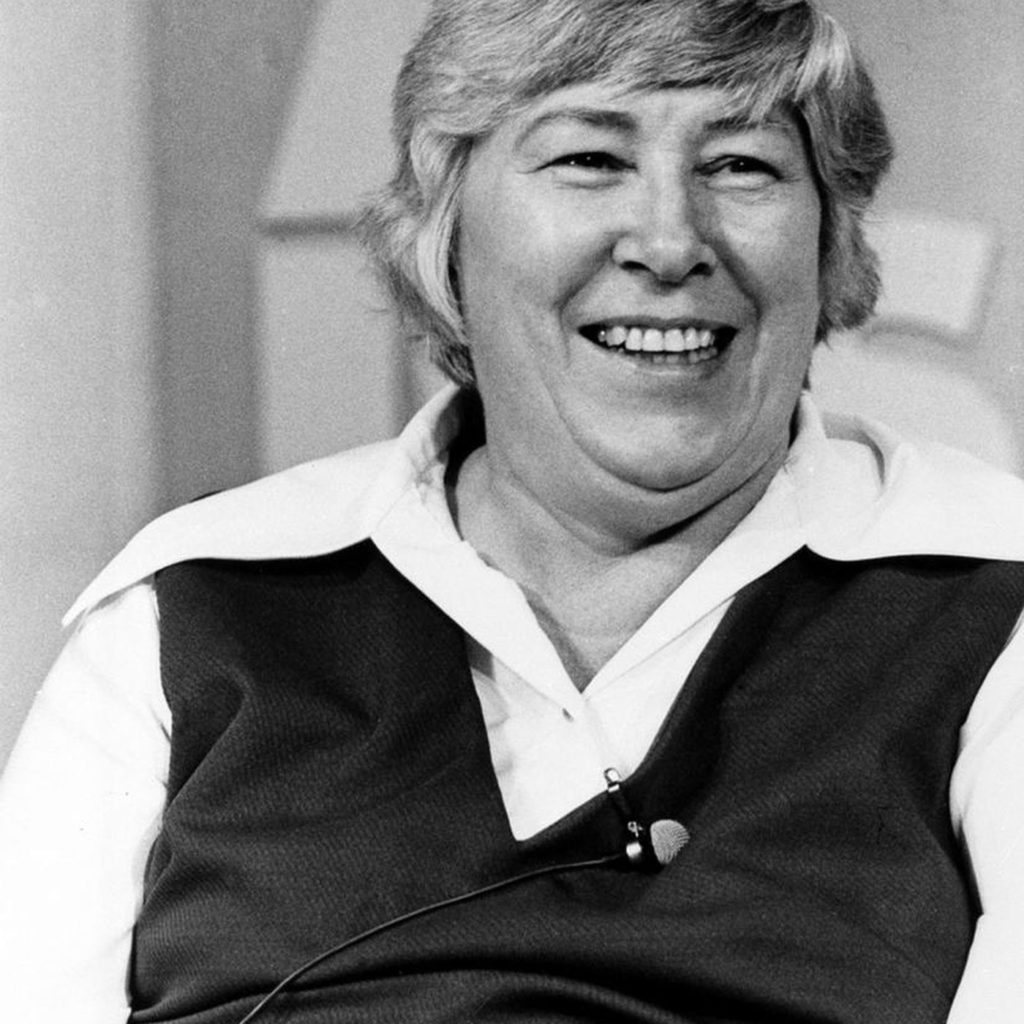He tried to stop after the first murder, but the compulsion to kill was just too great to resist

To say that Andrei Romanovich Chikatilo was born dirt poor would be an understatement. Many a day his main meal consisted of dirty grass and dry leaves picked from the trees on the land that his family worked for free.
This was, of course, before he became known as The Butcher of Rostov.
Born in Ukraine under the icy grip of Joseph Stalin in 1936, the regime’s collectivization of agriculture imposed a harsh famine on the whole of the country, robbing food from the bellies of the population, and pride from their weary souls.
He grew up on a barely fertile patch of dirt that his parents toiled on tirelessly, in a hut that was nothing more than a few planks of wood held upright by a leaky roof. The meager produce scraped from the dirt was mostly confiscated by the government, leaving them with next to nothing to eat until the next harvest.

Even so, though hard to believe, they were better off than most.
Whether true or not, his mother often repeated to him how his elder brother had been kidnapped at the age of four by one of the neighbors. They had taken him, she had explained, because hunger had driven them to do the unthinkable. His brother, she had further explained, had never been seen or heard from again, and, for a while, the neighbors complained not at all about any feelings of hunger pangs.
Life for Andrei worsened even further at the advent of the Second World War with the brutal Nazi occupation of Ukraine in 1941, and his father being conscripted into the army. He witnessed murders, bombings, and even the rape of his own mother.
His father, who had been captured during the war, returned to find a new daughter added to his family, a post-war famine that haunted most of the Soviet Union, and a son who was constantly bullied at school, often fainting in classes from sheer lack of food. Life was hard.
Yet Andrei was eager to learn, reading and absorbing information like a sponge, possibly filling his mind with knowledge because most days he was unable to put even one grain of rice into his empty belly. Despite this, he was a model student.
This was all, of course, before he became known as The Butcher of Rostov.

In 1954 he graduated from school with excellent grades, yet failed in his application to Moscow State University the following year. For the next few months, he worked as a laborer in Kursk and then studied to be a communications technician in a vocational school for the next two. During this period, he met his first serious girlfriend.
They tried to maintain the relationship for eighteen months, but in the end, it failed, the fact that Andrei couldn’t maintain an erection a less than hard nail in the coffin.
Between 1957 and 1960, he served his compulsory military service in the Soviet army, then returned to the village of his birth, reuniting with his family. But this relocation was as short-lived as the new girl he met there.
After three months of non-intimacy, they parted, rumors about his impotency whispered behind tattered curtains and over strong drinks. Andrei fled in shame to a nearby village not far from Rostov-on-Don.
Here, life improved with a new job, a new apartment, and after his sister moved out after living with him for six months, a new girlfriend.
This new girlfriend, introduced by his sister, became his wife and, even with his erectile dysfunction, they managed to have two children, a daughter in 1965, and a son in 1969.
With a family to care for, Andrei attained a teaching degree in 1970 and went to work at a facility in Novoshakhtinsk as a Russian language and literature teacher. It was here that he sexually assaulted his first victim.

A blind eye was turned away from his indiscretions, at first, but when too many voices were raised he was forced to move on. He found another similar job at a nearby college, the rumors left behind, his dirty habits carried along and quickly exposed, literally, for his students to see.
In March 1981 he had to abandon his urge to teach, complaints against him too loud to ignore, his urge to molest his students too strong to control.
His new employment as a supply clerk at a construction company allowed him the freedom to travel the length and breadth of the Soviet Union, and continue a hobby that he had started surreptitiously back in 1978 — murder.
Yelena Zakotnova was his first victim, her last day of life squeezed from her just before Christmas on December 22, 1978.
Chikatilo had lured her to an old house, and in his failed attempts to rape her, he had resorted to strangling her to death and stabbing her repeatedly, frustrated, incensed, sexually aroused as she gasped her last breath. He had then disposed of her body in the Grushevka River.
She had been 9 years old.
At first, Chikatilo tried to resist the urges that had escalated from molestation to murder, but he had discovered a side of himself that was too strong to ignore for long, and it was only a matter of time before he surrendered completely to his dark side.
Between 1981 and 1990 he killed, molested, and mutilated the corpses of at least fifty-six people.
He now became known as The Butcher of Rostov.

An incredibly accurate 65-page psychological profile was drawn up in 1985 as the hunt to find him intensified, the bodies, both male and female, continuing to mount up, eyes mutilated, multiple knife wounds the killing blows.
The profile reported a middle-aged man who had had problems in childhood, was married with children, and, most damning of all, someone who could only achieve sexual fulfillment by having the power over his victims as he stabbed the life out of them.
Unnerved, Chikatilo restricted himself to selecting victims outside of the Rostov region and only when he was traveling for work. He thought he was being careful, but the manhunt was closing in on him, the net getting tighter.
But not enough to trap him, and the killings continued from the Rostov Oblast to Shakty and beyond, despite the fact that on more than one occasion suspicions abounded around his presence in the same areas where the murders were committed.
For more than 10 years, Chikatilo had been murdering women, teenagers, boys, girls, and children indiscriminately, and getting away with it. In 1990, after killing 11-year-old Andrei Kravchenko in January, 10-year-old Yaroslav Makarov in March, 31-year-old Lyubov Zuyeva in April, 13-year-old Victor Petrov in July, and 11-year-old Ivan Fomin in August, his luck was about to run out.
With public and political pressure mounting, an operation was set in place on October 27 to catch the prolific serial killer. The plan involved having a strong police presence around several large train stations in the Rostov Oblast while, in an effort to force the serial killer into a trap, placing undercover officers in the smaller ones.
Three days after the start of the operation, the body of 16-year-old Vadim Gromov was discovered. Three days after that the body of 16-year-old Victor Tishchenko was found with the multiple stab wounds that were Chikatilo’s calling card. Three days after that, Svetlana Korostik, 22 years old, was killed and mutilated. She was to be his last and final victim.

An undercover officer at one of the small train stations, reported Chikatilo’s suspicious behavior and he was placed under intense surveillance and the whole task force focused their attention on him. For the next six days they monitored his every movement and interviewed anyone who had not only worked with him while he was a teacher, but his students, and anyone who had ever come in contact with him.
After delving meticulously through the unsavory evidence, they promptly arrested him on November 20.
But it wasn’t over. Not yet. All the police had was circumstantial evidence, nothing concrete that could tie him to any of the bodies he had left in his wake. And they only had ten days to prove their case or they had to let him go free.
The head of the task force interrogated him nonstop, with no success, Chikatilo maintaining his innocence.
It was only, amazingly, when the psychologist, Dr. Bukhanovsky, shined a light on how he fit the profile of the monster depicted in the 65-page psychological report, that Chikatilo broke down and confessed to all the murders.
The trial started on April 14 1992 and there was never any doubt a few months later on October 15 what the verdict would be.
On 14 February 1994, Andrei Romanovich Chikatilo, also known as The Butcher of Rostov, was taken from his cell to a soundproofed room in Novocherskassk prison and sent to an unmarked grave with a bullet to the back of his head.


